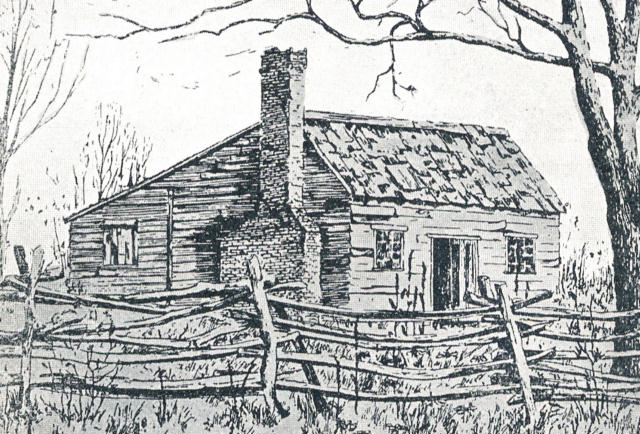|
Johnson County is favored
by a river, Iowa City was bestowed upon it in 1839 and the University of Iowa
gifted to Iowa City in 1847.
Together
they flourish as an exciting, healthy,
productive and comfortable place to live, raise an educated family and retire.
Creation of an American Mid-west is rooted in Thomas Jefferson's Louisiana
Purchase from France in 1803, which in large measure
extinguished claims by
England, Spain and France to the continental heartland drained by a mighty
Mississippi.
Marquette and Joliet made explorations in 1804, and Zebulon Pike traveled to
the Mississippi headwaters in 1805, giving vague
definition to
what is now Iowa.
Americans replaced French traders in pushing the frontier to the mouth of the
Des Moines and Iowa rivers.
It is highly probable that Johnson County was first touched by that push in
1822 when Sumner Phelps canoed the Iowa River to
build a cabin
for American Fur
Company at the mouth of Snyder Creek just south of modern-day Iowa City.
He initiated a fur trade, and in 1826 was succeeded by New Yorker John
Gilbert.
Gilbert built his own trading post in 1837 and died in 1839 before he could
be told he had been named the first local postmaster.
He was buried nearby, then
years later the remains were moved to an unmarked grave in Oakland Cemetery. The
location is now lost.
He was eulogized by a contemporary as "a fine scholar and an excellent
businessman, a remarkable man for the position he occupied."
A principal
Iowa City thoroughfare is named for him.
Gilbert had enticed Philip Clark and Eli Myers to Johnson County from a
treaty signing in Davenport in September 1836. They returned
from
Indiana the
following spring with families to claim homesteads.
A year later Clark established a town, which he called Napoleon, on his farm.
Although never more than a cabin and a two-story frame
house, it became the
first county seat.
Clark and Myers would be drawn to the California gold fields in 1849, where
Myers died in Sacramento in 1850. Clark returned to cast a
long shadow in early
local history.
Before European settlement, there were three towns in what became Johnson
County, all near the river. The largest, headed by
Poweshiek, was about a mile
south of today's Iowa City. A mile north of Poweshiek was one headed by
Wapashashiek near what today
is the southern edge of Iowa City. Torokopock
headed a community three miles west of today's Lone Tree.
All were Sauk (Asakiwaki, people of the yellow earth) and Fox (Meshkwahkihaki,
or Mesquakie, people of the red earth), who were
Algonquin-speakers originally
from the northeastern United States forced west by European settlement to a
center near Rock Island.
"Algonquin" comes from "alligewinenk" which means
"come together from distant places." The language is described as
"soft and
musical in comparison with the harsh guttural Narcoutah
(language) of the Sioux," some of who also lived in Iowa.
An estimate published in 1883 placed the 1830s population of the Poweshiek
community at 1,700 to 2,000, a level Iowa City wouldn't
reach until the 1850s.
From Johnson County, Indians were forced to Fort Des Moines in 1843 and to
Kansas during 1845 and 1846.
Descendants joined in repurchasing Iowa land and founding a Mesquakie
settlement in the 1880s that flourishes today on 6,000 acres
bought through the years in Tama County. Since that site is not from governmental grant, but
purchased, the area is not a "reservation"
in the word's typical
meaning.
The county seat was moved from Napoleon to Iowa City on Oct. 8, 1839, with
relocation of sparse records, and by law the following Dec. 31.
Bob Hibbs collects local postcards and researches history related to them.
Copyright 2003 by Bob Hibbs Return
to Postcards Index
|

